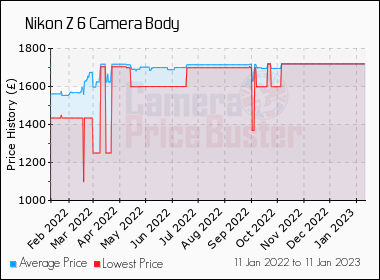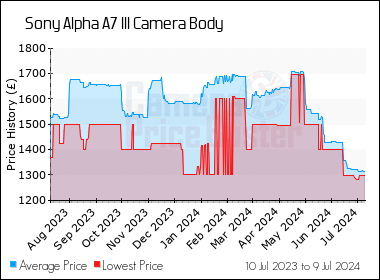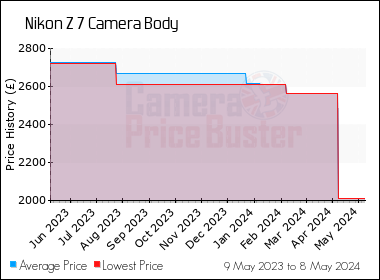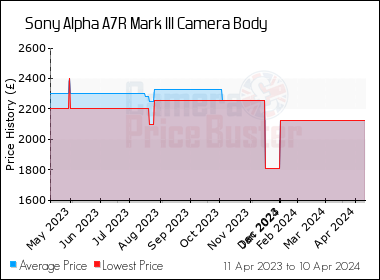- Messages
- 8,118
- Name
- Mark Molloy
- Edit My Images
- Yes
Where in anyone’s mind do they come up with the prices. They have the new 120-300 lens advertised at £9.5k. Truly insane considering the Sigma 120-300 is around £2.7k- both are f2.8. I used a Sigma 120-300 for many many years and loved it so waited on the Nikon version only to find the £9.5k price, it may come down but to be honest I’m switched off from it now and may end up jumping to another system/manufacturer. Both around the same weight so where does the extra cash come into it?





